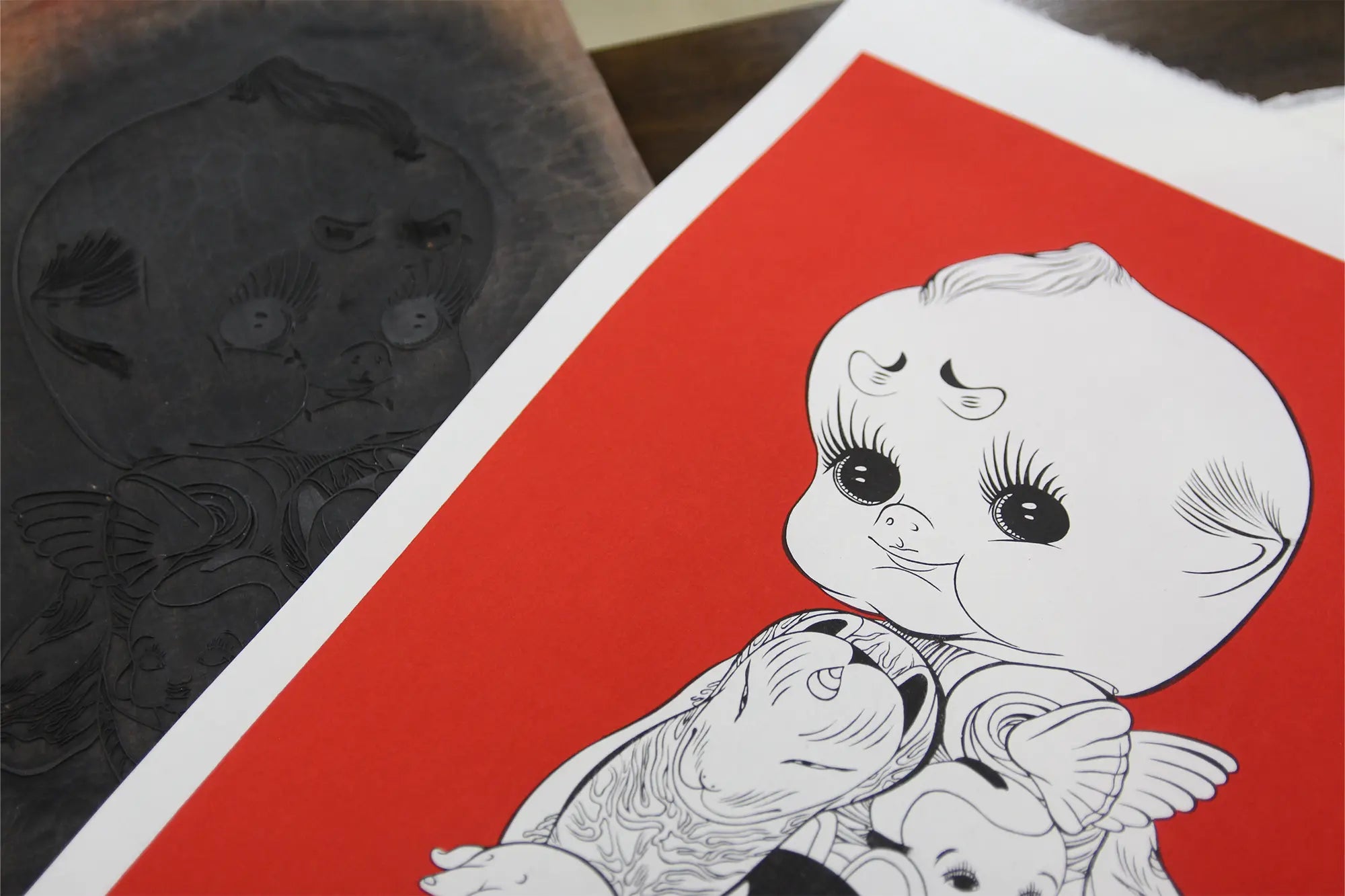Reliable gift services
Traditional Japanese gift ornament “noshi”
In Japan, there is a custom of attaching an ornament called “noshi” to important gifts. Noshi uses the color and shape of paper strings called “mizuhiki” and letters to convey a message to the recipient.

[Types of mizuhiki]
A. Red and white “chomusubi” (bowknot): Used for any auspicious event that may occur over and over again (childbirths, awards, etc.).
B. Red and white “musubikiri”: A knot that is difficult to untie, used for auspicious events that should only occur once (weddings, recovery from illness, etc.).
C. Black and white “musubikiri”: Used for funerals and condolences.

[Letters written above mizuhiki]
The purpose of the gift is written (such as congratulatory and thank-you gifts). The color and shape of the mizuhiki will generally convey the purpose of the gift, so there may be no need to write anything above it.
[Letters written below mizuhiki]
The gift-giver's name is written. If the gift is from multiple people, write in joint names, multiple names may be written. The name of a corporation or organization may be written as well.
 |
 |
| ex.1) Baby's first annual festival [Grandparents → Grandchildren] |
ex.2) Retirement gift for a colleague [Your department (All members of Sales Section 2)→ Retired person] |
 |
 |
| ex.3) Thanking your boss for his/her help [Your name (Adachi)→ Your boss] |
ex.4) Celebration of the 60th birthday [Childrens (Ichiro & Kazuko) → Father or Mother] |
 |
 |
| ex.5) Marriage Celebrations [Your name (Tanaka) → Bride and Groom] |
ex.6) Casual gift [Your name (Nakayama) → ?? ] |
[How to apply noshi]
・Inside noshi (“uchi-noshi”): The noshi is applied on the item, and then covered with wrapping paper. More people in Japan prefer uchi-noshi. At our company, we use uchi-noshi as a basic rule.
・Outside noshi (“soto-noshi”): The item is covered with wrapping paper, and then the noshi is applied over it. This is preferred when presenting at ceremonies or thank-you parties.

